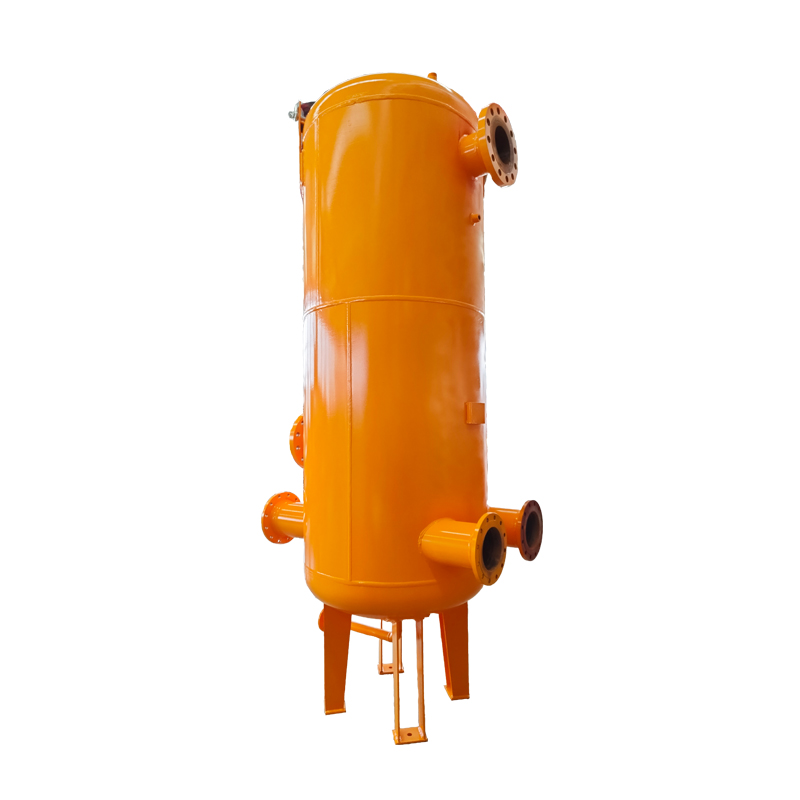
Oct . 10, 2024 19:29
Back to list
Natural Gas Pressure Reduction Station Overview and Functionality Analysis
Natural Gas Pressure Reduction Stations An Overview
Natural gas is one of the most important energy sources worldwide, used for heating, electricity generation, and as a raw material in various industrial processes. The distribution of natural gas from production sites to end-users involves a complex network of pipelines and infrastructure. A critical component of this infrastructure is the natural gas pressure reduction station.
What is a Natural Gas Pressure Reduction Station?
A natural gas pressure reduction station, often referred to as a pressure regulator station, is a facility designed to decrease the high pressure of natural gas that is transmitted through pipelines. The gas arrives at these stations at high pressures, typically ranging from 200 to 1,000 psi or higher, depending on the pipeline specifications. It is essential to reduce this pressure to a safe and usable level for distribution to residential, commercial, and industrial consumers, where pressures in the range of 2 to 60 psi are standard.
Importance of Pressure Reduction
The reduction of pressure is a vital process for several reasons
.
2. Efficiency Properly regulated gas pressure ensures that the gas flows effectively through the distribution network, maintaining adequate supply for consumers. If the pressure is too high or too low, it can lead to inefficient operations, resulting in wasted energy and resources.
محطة تخفيض ضغط الغاز الطبيعي

3. Regulatory Compliance Various governmental and environmental regulations mandate specific pressures for natural gas delivery systems. Pressure reduction stations help operators comply with these regulations, ensuring that natural gas is delivered safely and efficiently.
Components of a Pressure Reduction Station
A pressure reduction station typically consists of several key components
- Pressure Regulators These devices are responsible for controlling the pressure of the gas. They automatically adjust the flow to maintain an even pressure level, regardless of fluctuations in the supply or demand.
- Safety Devices Safety valves and monitoring systems are integral to the operation, providing backup pressure control and warning operators of potentially dangerous conditions.
- Filtration Systems To maintain the integrity of the gas supply, filters are used to remove impurities that could interfere with the operation of downstream equipment.
Conclusion
Natural gas pressure reduction stations play a crucial role in ensuring the safe and efficient delivery of natural gas to consumers. As the demand for natural gas continues to grow in many regions, the importance of these facilities will only increase. Advances in technology and better monitoring systems are likely to enhance the efficiency and safety of pressure reduction stations, paving the way for a more sustainable and reliable energy future. As we focus on transitioning to cleaner energy sources, understanding and optimizing the infrastructure that supports natural gas delivery will remain fundamental.
Latest news
-
Safety Valve Spring-Loaded Design Overpressure ProtectionNewsJul.25,2025
-
Precision Voltage Regulator AC5 Accuracy Grade PerformanceNewsJul.25,2025
-
Natural Gas Pressure Regulating Skid Industrial Pipeline ApplicationsNewsJul.25,2025
-
Natural Gas Filter Stainless Steel Mesh Element DesignNewsJul.25,2025
-
Gas Pressure Regulator Valve Direct-Acting Spring-Loaded DesignNewsJul.25,2025
-
Decompression Equipment Multi-Stage Heat Exchange System DesignNewsJul.25,2025

